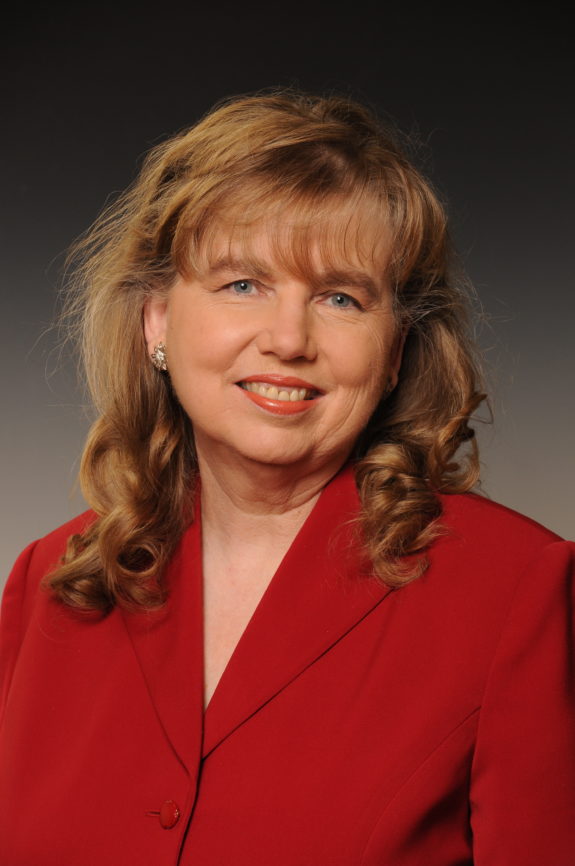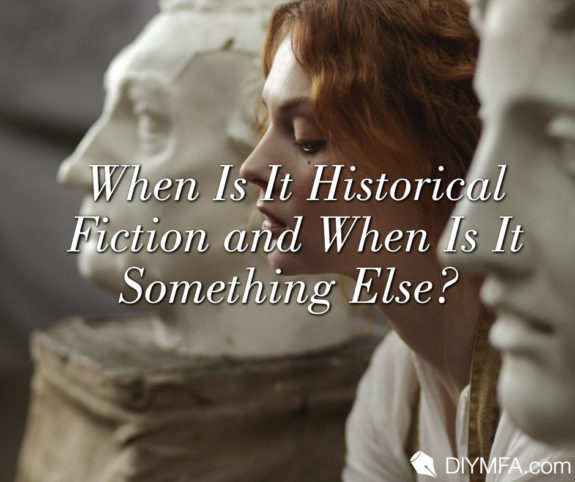During an interview for the promotion for my most recent book, it dawned on me we have never actually discussed, in this column, the relationships between “pure” historical fiction and the adjacencies that might be either sub-genres or just tangentially related. The interviewer asked how historical fantasy differs from historical fiction – and answering that question proved to be the catalyst for this post.
The Essentials
One of my early posts for DIY MFA discussed six key elements of historical fiction and how authors tune those elements in creating their stories. There are plenty of online resources that touch on the definition of the genre and its important elements (or “rules”).
Experts may differ on some of the details. For example, one generally accepted definition says that the events depicted must have occurred at least fifty years ago while another expert argues that the story must be set before 1950. Characters can be real or imagined or both. But everyone agrees that the setting, the characters, the events, and the culture must be period-appropriate for the era of the narrative. And the novelist must immediately transport the reader into that world of the past through strong world-building and appropriate dialogue.
The Adjacencies
So let’s take a look at some of the adjacent spaces and what makes them different.
Historical Fantasy
Historical Fantasy tends to follow many of the “rules” of pure historical fiction. But it veers away with the introduction of speculative elements. Dragons, wizards, immortals, magic swords, special powers. Elements that one might expect to encounter in a more traditional fantasy novel.
And, as always, there are some gray areas. Take the many novels and screenplays written about the Arthurian legends. I would postulate that something like The Mists of Avalon is historical fantasy whereas Jack Whyte’s Camulod Chronicles series is historical fiction, since all the characters, including Merlin, Nimuë, and Morgan la Fey, are flesh-and-blood beings, without any special powers, who might actually have lived in post-Roman Britain. What do you think?
Alternative History
Alternative history takes the notion of speculative elements in an entirely different direction. These stories have the same starting point as historical fiction and follow all the “rules.” But their premise is based on asking what if the events we know had unfolded in an entirely different way. What might have happened, for instance, if Wellington had lost at Waterloo? Or if Nicholas II had been more progressive and had not been distracted by his only son’s hemophilia? Or if Lincoln had not been assassinated, leaving a dyed-in-the-wool racist in charge of Reconstruction?
Historical Mystery
Historical mystery is an example of where genres truly intersect. The rules of both genres apply. The historical details must be well-crafted in order for the mystery to work. One excellent example is Ellis Peters’ Brother Cadfael Chronicles.
Historical Romance
Historical romance is really a sub-genre of Romance and is defined by the Romance Writers of America simply as a romance set prior to the 1950s. There are, of course, whole categories within the sub-genre based on the time period of the story. Since the romance is central, these novels may take somewhat more creative liberties in their portrayal of the historical setting.
What about other types of stories set in the past?
Many genres have stories that are set in what would be considered a “historical” period. A detective story set in the Great Depression. A thriller set against the backdrop of the 1960s space race. Mystery or suspense set in the Roaring Twenties. Women’s Fiction set in the mid-20th century.
In these cases, the historical setting is not the primary focus of the story. But it’s always a treat for me when the authors of such novels take pains to ensure historical accuracy (including avoiding anachronisms) and give their readers a real flavor of the time in which their story takes place.
The “passage of time” factor
What may have been a contemporary setting for Conan Doyle is, from the 21st-century reader’s perspective, a historical world. And perhaps there’s a lesson we can all take from that. Perhaps it’s a very useful exercise for historical writers – whether of pure historical fiction or one of the adjacencies – to observe how real those once-contemporary settings feel and to strive to achieve that same degree of realism in our own historical worlds.

Pamela Taylor’s inspiration for her first book turned out to be that final straw that pushed her to leave the corporate world behind for the world of words and imagination. Now an author and an editor, she loves helping others polish their stories almost as much as she enjoys writing her own. She’s a member of the DFW Writers Workshop and the Editorial Freelancers Association and is in her fourth year on the judges panel for the Ink & Insights Contest. You can learn more about her books at secondsonchronicles.com, and about her editing services at editing4you.com.







